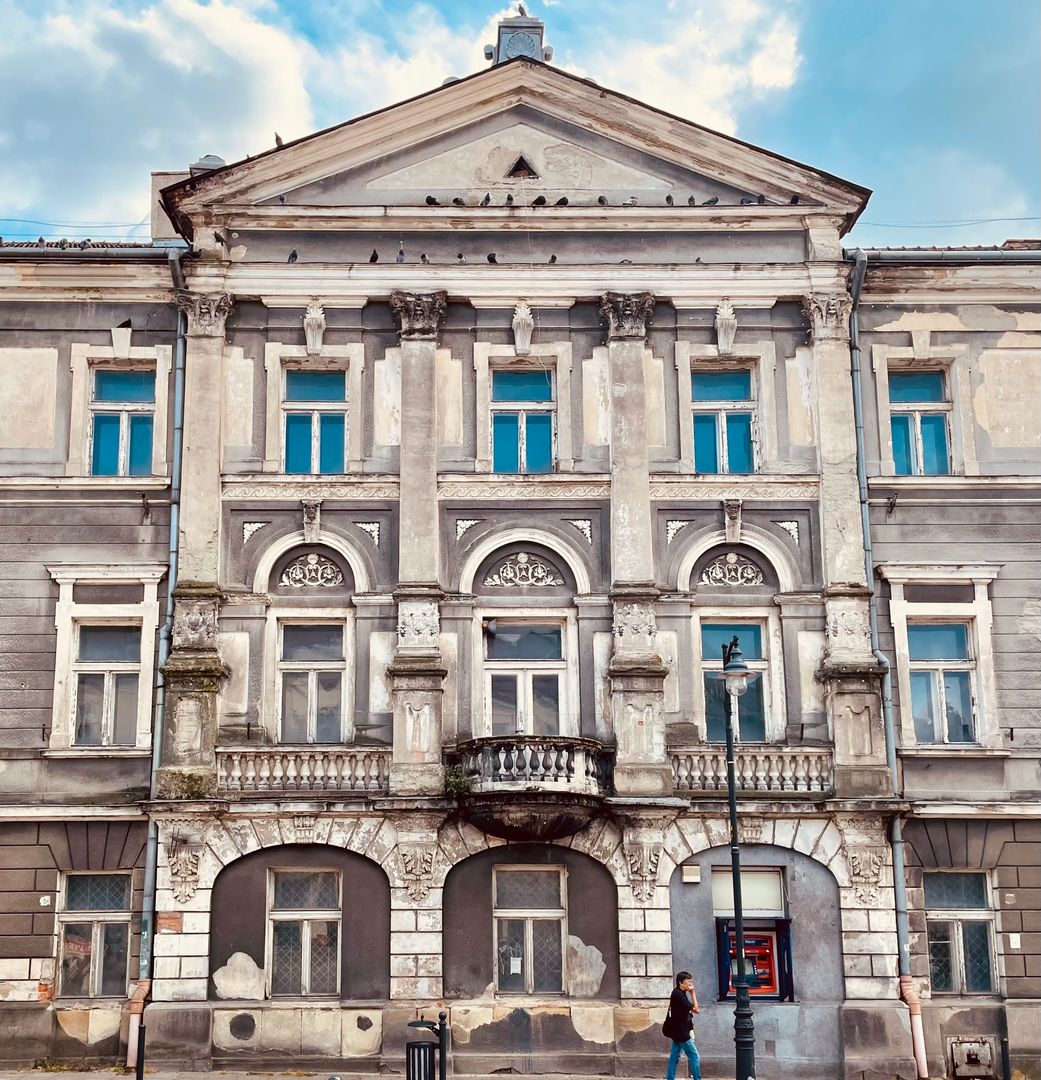Sanguszko Palace in Tarnów
6.44

Overview
The Sanguszko Palace in Tarnów, also known as the Tarnów County Office Building, boasts a rich history dating back to the late 18th century, when it was constructed on the initiative of Hieronim Sanguszko. Originally serving as a magnate’s residence, the building transformed over the years into an important administrative site. In the 19th century, after being sold by Eustachy Sanguszko to the Austrian authorities, the palace housed various public institutions, including the district administrative office (cyrkuł) and the county starostwo. During the Galician slaughter, victims of the peasant uprising (rabacja) were laid out in front of the building, and the starosta Breinl intervened in significant local political matters.
In addition to numerous renovations carried out in the 19th and 20th centuries, the palace’s architecture blends Classicist and Neo-Baroque styles, featuring a ten-bay facade with distinct projections and rich architectural details. The interiors, with various types of vaulting and decorative elements, played a key role in the building’s functionality. After World War II, the palace became the seat of county authorities, and in 2003 it was entered into the register of historical monuments.
The building’s appeal is also enhanced by its location in the center of Tarnów, making it a local historical icon. As a public utility building, it has hosted significant events and figures associated with administration, though today it remains unused and in private hands. An interesting fact is that during World War I, the palace was the site where an oath of loyalty to the Polish government was sworn, underscoring its important place in Tarnów’s history. The palace not only reflects the architectural heritage of the region but also the complex socio-political history with which it is intertwined. Ultimately, the structure as a whole illustrates the city’s development and the architectural and political transformations spanning the turn of the centuries.
Location
Tickets
Powered by GetYourGuide
2025 Wizytor | All Rights Reserved